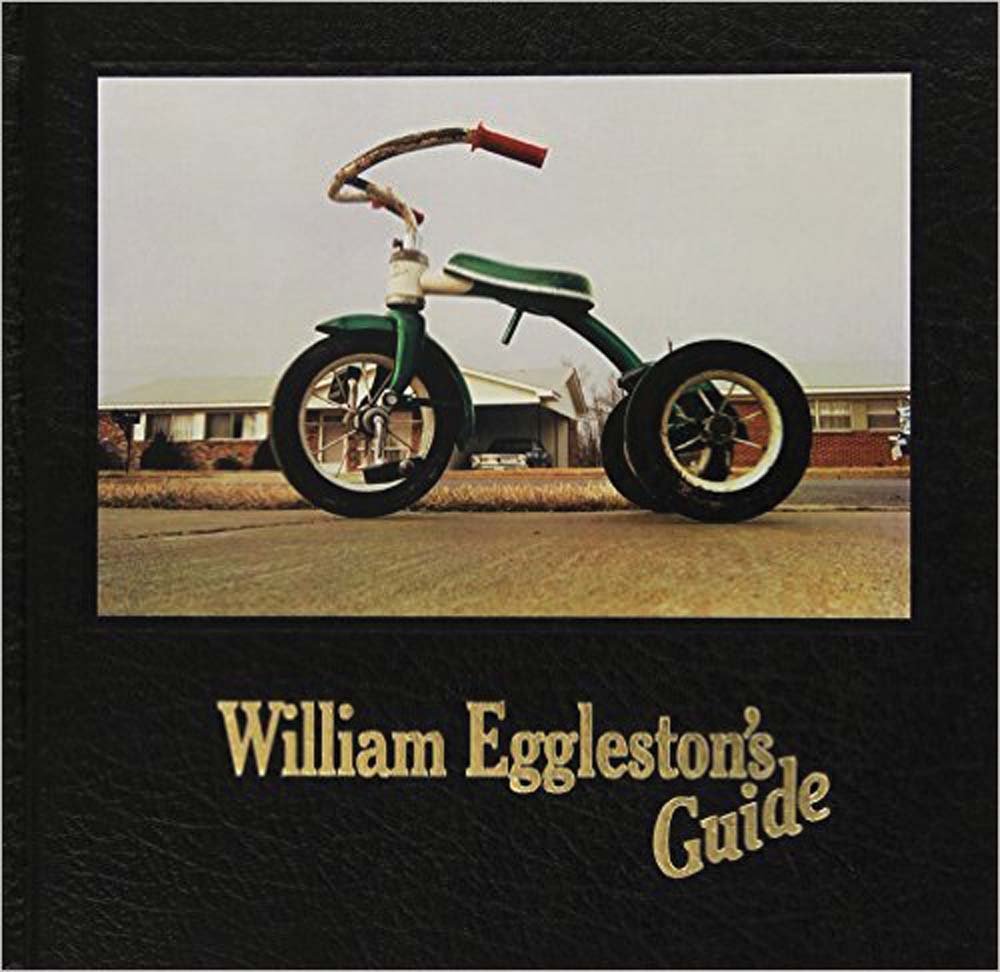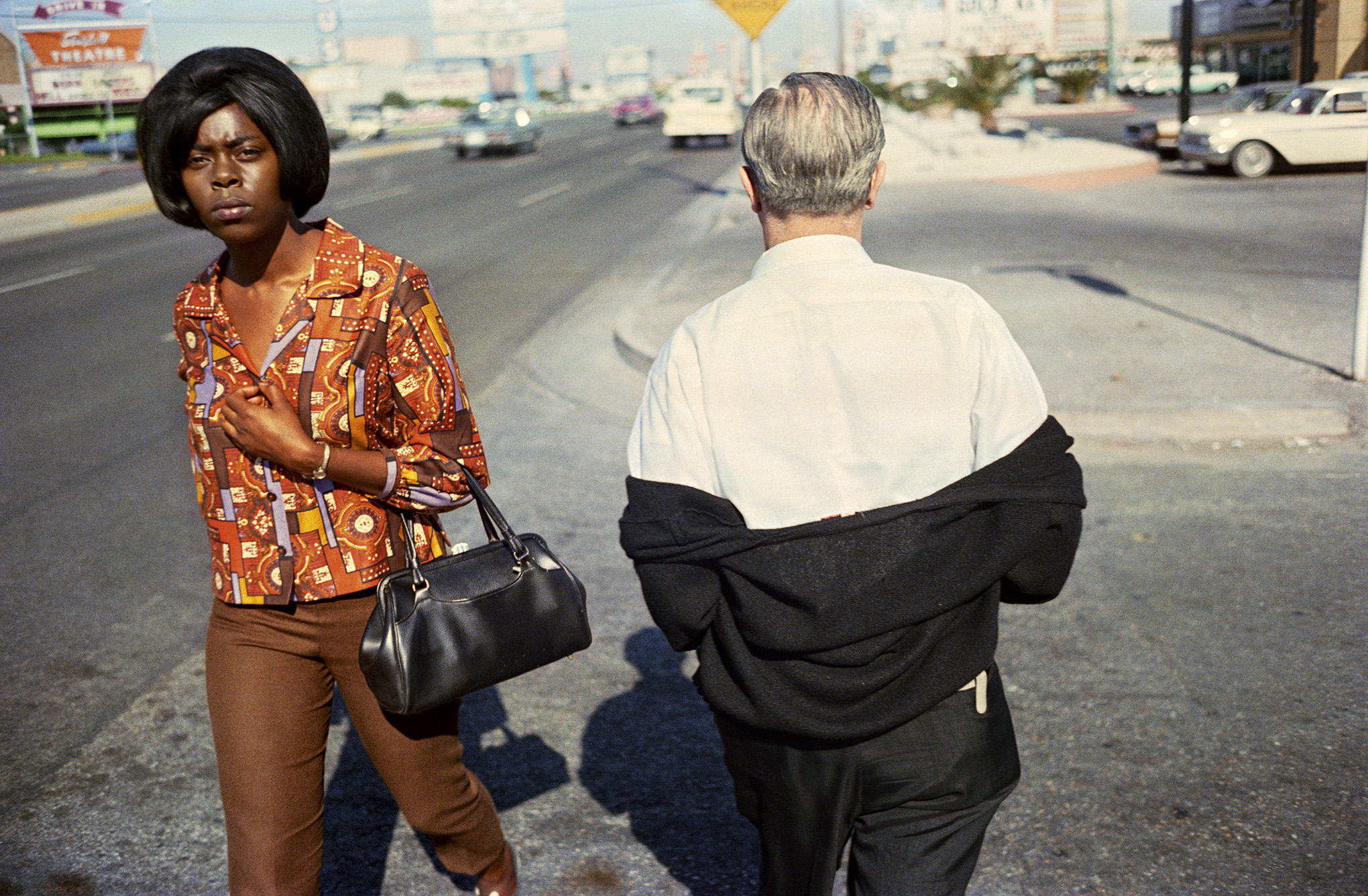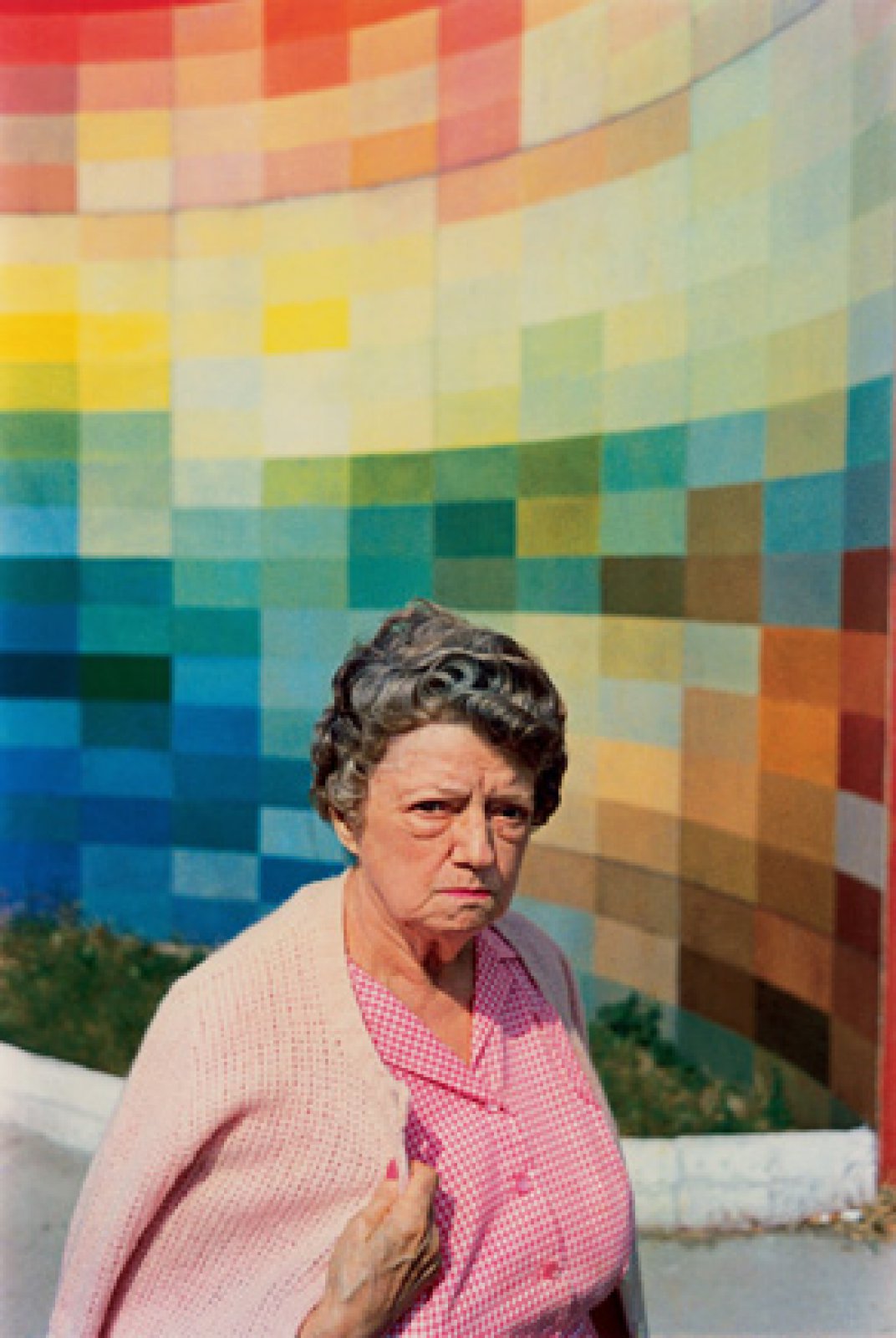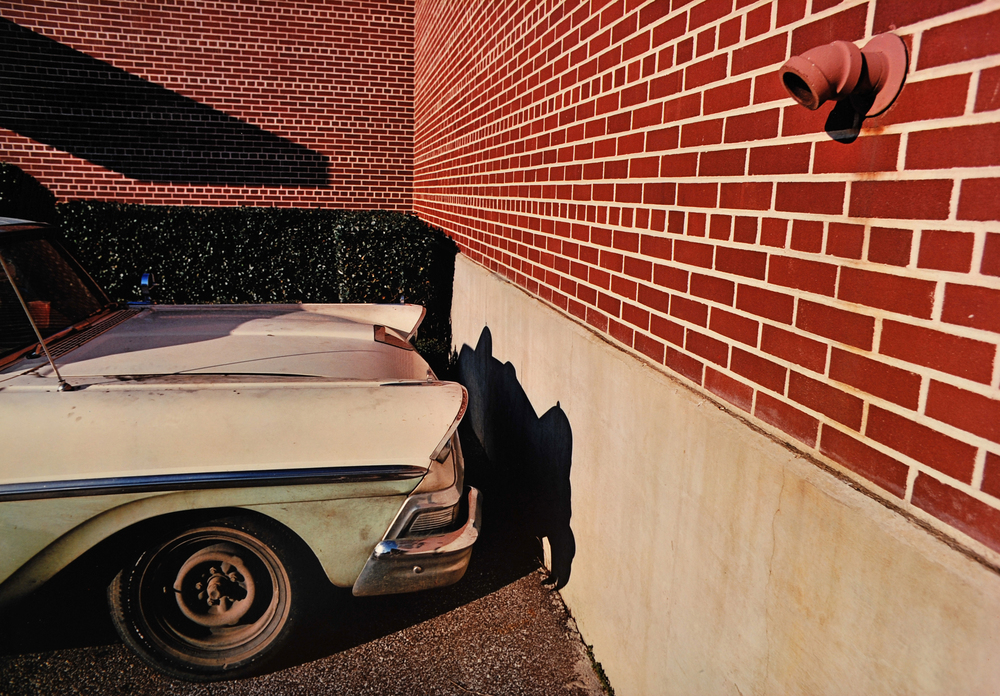According to Oscar Wilde, art in general cannot reveal an absolute truth. An infinite number of factors interfere between an artwork and a spectator in order to create an imaginary barrier that often leaves a man hanging alone in front of a piece of art, ready to do anything to understand the feelings of an artist. Photography as an artistic activity can’t escape the secret. This is what makes the beauty of this practice. Whether it’s a Landscape long shots, or a close-up face shot, no viewer can really affirm hear what the image actually says. So, we take artwork as it comes, with a vision based on what the technic allows to express for the artist.
For the American photographer William Eggleston, the representation of his work necessarily involves the color. The artist, who began with black and white photography inspired by Henri Cartier-Bresson and Robert Frank, became the figure of progress and one of the pioneers of the color work. It was in 1965 that he stopped working in black and white and became over time the face of innovation and modernism in this field. Eggleston moved into a work of experimentation and discovery, and is now presented as one of the forerunners of color photography.
His work is perceived as a collection of everyday life photography that focuses on the interplay between colours and geometric shapes. One could imagine through the Eggleston’s work a Blue Velvet scene, one might be nostalgic of the sublime Cadillacs adorning the streets of Memphis, but we have in any case to appreciate the wear of a face, the beauty of youth and the the representation of the United States that the photographer takes us to see. As William Klein is today recognized as an urban photographer as much as Lindbergh is attached to fashion, Eggleston remains a photographer who’s closely tied to the suburbs as a whole, from the expansion of multinationals (McDonald’s, Esso..) in little town, to old tires, as well as abandoned air conditioners, and bottles of Coca-Cola, torn posters or palm trees on the same sidewalk…
Introduced by the Moma of New York, and reissued in 2002, William Eggleston’s Guide retains the honorary title of the first work on color photographs. Beyond the story, this guide is an incredible way to admire the work of one of the most visionary photographers in history, who still inspires today, with his singular approach of landscap, suburbs, and everyday life photography.




